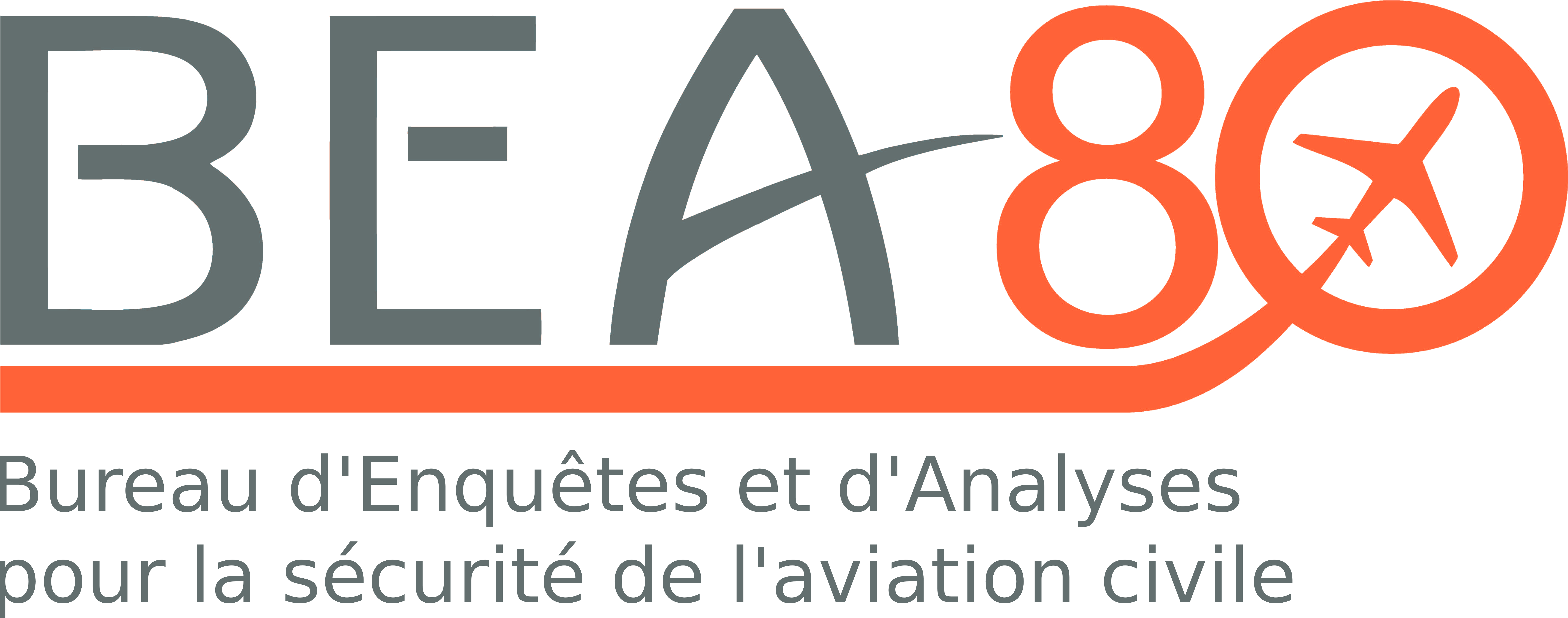Accident to the Aerospool WT9 registered F-HSAJ on 03/06/2023 at Toussus-le-Noble
Bounced landing, failure of nose gear
This is a courtesy translation by the BEA of the Final Report on the Safety Investigation. As accurate as the translation may be, the original text in French is the work of reference.
Note: the following information is principally based on the pilot’s statement. This information was not validated by the BEA.
1. History of the flight
The pilot took-off at 09:15 from runway 07R at Toussus-le-Noble airport for a cross-country flight bound for Mortagne-sur-Perche. On arrival, he carried out two missed approaches, because he thought he was not stable on final for runway 07[1]. He then headed back to Toussus-le-Noble.
At the Chevreuse FIS controller’s suggestion, the pilot directly joined the long final for runway 07L[2].
After contacting the Toussus-le-Noble tower controller, the pilot set the flaps to the landing configuration. He indicated that the aeroplane’s airspeed on final was 65 kt and that its approach was stabilised. The controller cleared the landing and informed the pilot of a variable wind
from 040° at 8 kt. When the aeroplane flew over the runway threshold, the pilot started flaring.
The aeroplane glided for a few seconds, then the main landing gear touched the runway and the aeroplane bounced. The aeroplane made a second higher bounce and pitched up. The pilot allowed the stick to move forward, the aeroplane touched the ground on the three wheels, tilted forward and veered off to the left side of the runway, while slowing down.
During the inspection of the aeroplane, it was observed that the nose wheel and its fairing had separated from the strut. A shearable part of the gear protected the aeroplane’s airframe. The three blades of the propeller were damaged by contact with the runway.

Figure 1: photo of the damage on the nose gear and the blades of F-HSAJ (source: BEA)
2; Additional information
2.1 Pilot’s statement
The pilot who held a commercial pilot licence issued in 2022, had logged approximately 175 flight hours including 5 hours on the WT9. He indicated that he was not used to the dimensions of
the WT9, as he had flown mainly on PA28s and TB20s, specially during his commercial pilot training.
The pilot explained that he was running late for the return of the aeroplane before the end of his booked hour. He stated that the airspeed of 65 kt on final was a little over the airspeed recommended for this aeroplane (usually 60 kt). He thought he experienced a greater than usual ground effect on the runway.
2.2 Action taken by the flying club
The aeroclub’s WT9 may be used provided that the pilot already holds a pilot licence. Initial training (PPL, LAPL) on the WT9 is forbidden. The pilot will perform handling and multiple failure exercises and runway circuits with an instructor to become familiar with the aeroplane’s negative pitch in level flight and its low inertia.
Shortly after the accident, a club’s instructor took the pilot for a runway circuit (in the same weather conditions) on an Aquila, to review the technique of landing with a “light” aeroplane. The club’s pilots were also reminded of the importance of complying with the approach speeds indicated in the WT9 flight manual.
